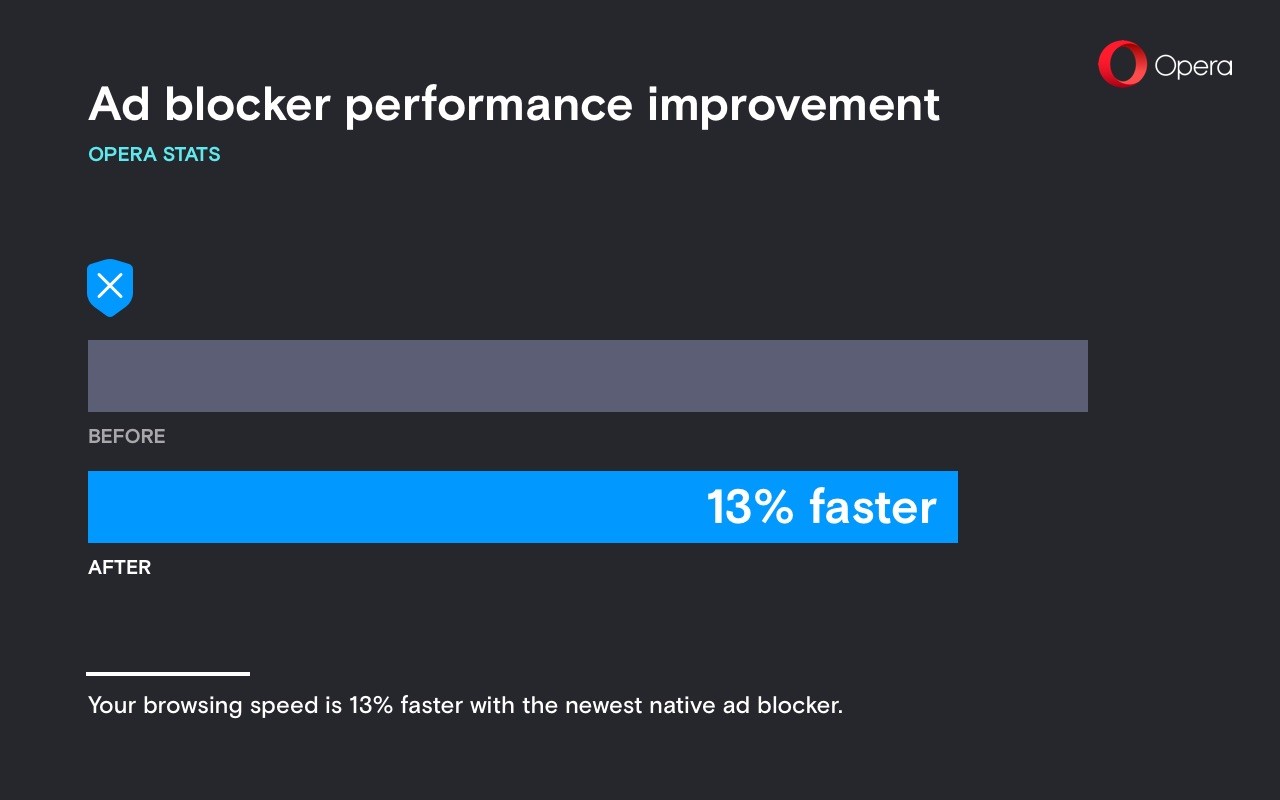

- Atlas recall opera app how to#
- Atlas recall opera app portable#
- Atlas recall opera app free#
I’ve also got a bunch of recommended free resources in the following articles: The combination of using an iPad (or tablet) with a digital version of Rohen’s or Netter’s Anatomy and a digital note-taking app.Biodigital: an excellent browser-based anatomy learning platform with 3D modelling that’s similar to Complete Anatomy and Essential Anatomy.
Atlas recall opera app how to#
Related: How To Memorize Anatomy Quickly (The Ultimate 4 Step Strategy) What are some other great anatomy resources for medical students?įor students who don’t mind paying for great resources, here are a couple of options: So make sure you use these alongside past papers, past test questions etc. No one app is going to be able to replace a mock or sample exam that’s closely related to that of your anatomy test or final.

That last point is particularly important.
Practice questions (based on your specific exams) to apply the knowledge you learn. Quizzing to test your knowledge and to “hard-wire” the concepts. Constant and repeated exposure to anatomical structures and features. But to really learn anatomy I personally feel you need a mix of resources (or combination of apps). Some of the apps on this list are very comprehensive. It’s hard to do that with (a sometimes equally expensive) textbook! What’s the best way to use anatomy apps? You don’t need the latest, most expensive devices to run these.Īnd you can easily pull them out your pocket and reference them on the go. Still, my personal opinion is that apps (especially those like Complete Anatomy and Essential Anatomy) are definitely worth the money. Not every anatomy student can afford these tools – or pay the additional cost on-top of purchasing a premium app. What’s better value for money?Īnother thing worth mentioning about apps is that they require digital devices to use. So you have to do your due diligence with what you decide to use. apps don’t always offer accurate or reliable information. Those mentioned above are all very different in terms of the content and functionality they offer.Ĭompared to decades old anatomy textbooks like Gray’s, Netters, Thieme and Grants etc. The problem with apps however is that they vary in quality. Atlas recall opera app portable#
Apps are extremely portable and take up no space in your bag/at home etc. Apps have additional functionality quizzes, flashcards etc. Apps can be more quickly and precisely searched for specific content. Apps give a 3D overview of anatomical structures that you can isolate, rotate and sometimes even dissect! That makes understanding the geometry of anatomy many times easier. Learning anatomy from apps has a couple of distinct advantages over textbooks. Related Questions Are anatomy apps better than textbooks? Here’s a demo that shows off more of it’s functionality and features… 
Promoted as a “true and totally 3D free app for learning human anatomy”, this app is brought to you by the creators of Visual Anatomy.įeaturing every bone and organ in the body, this app also enables you to complete virtual dissections (actually peeling layers of muscles and revealing structures below), complete location quizzes and load and save customizable views. Increasing in difficulty and complexity over time, you’ll learn all the major bones, muscles, nerves and vessels etc that you’ll need to do well in the subject.Ī great alternative to Anki (but where everything is set up for you), the app uses evidence-based learning techniques like spaced repetition and active recall to really bring the benefits for each study session. Perfect for beginners, this app starts with the absolute basics and introduces you to anatomy slowly. Brought to you by the team at Kenhub ( see my Kenhub review), Daily Anatomy Flashcards take digitize some of their best learning content and bring it to you on mobile.







 0 kommentar(er)
0 kommentar(er)
